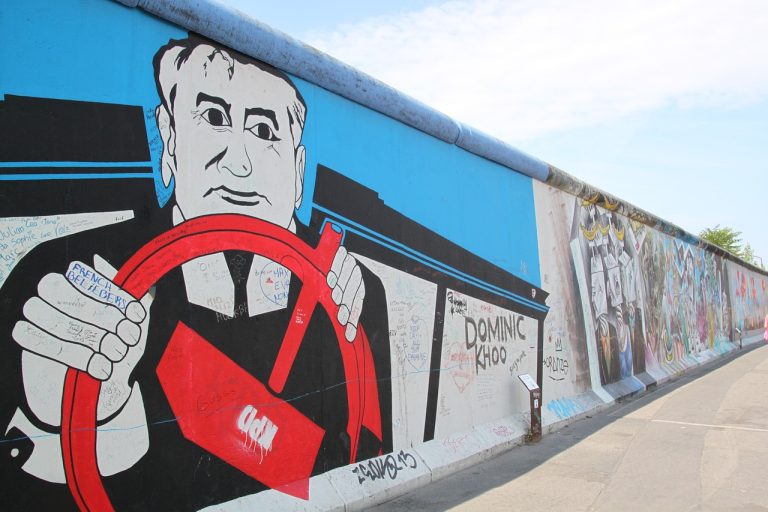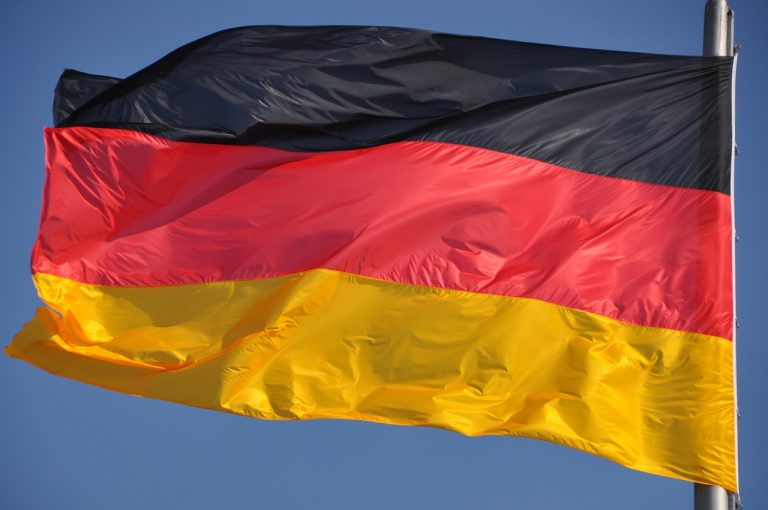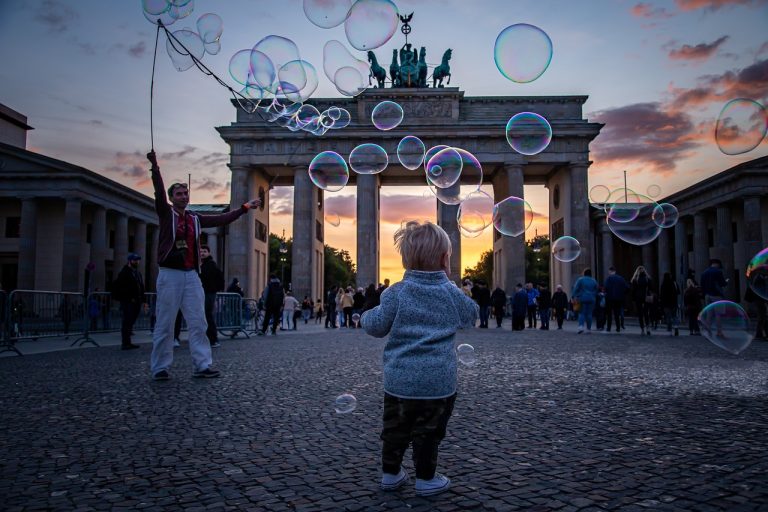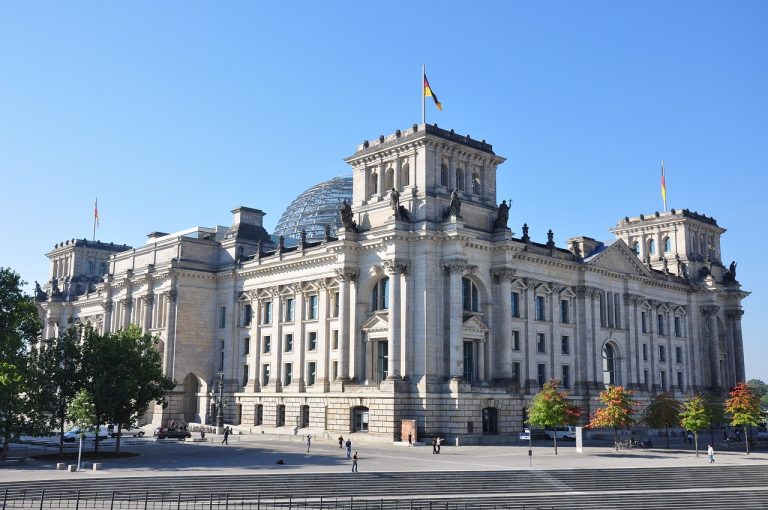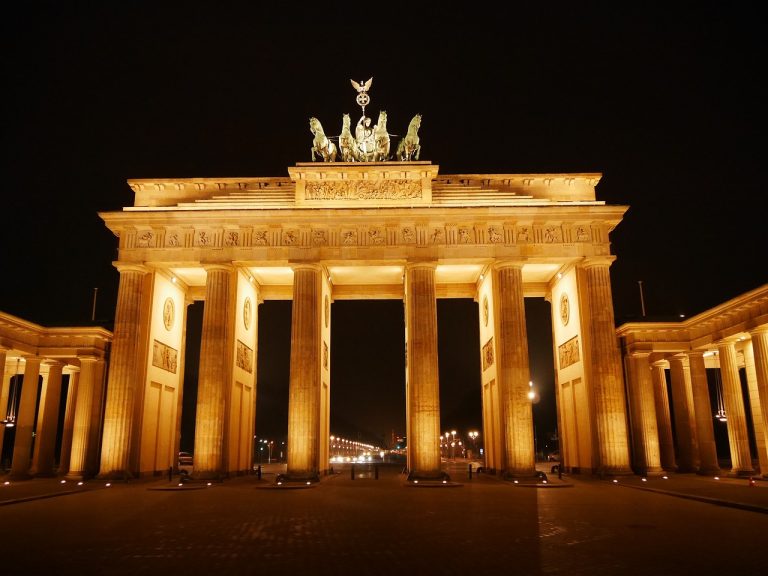Berlin Germany Video
The Brandenburg Gate
The Brandenburg Gate is one of the most iconic landmarks in Berlin, Germany. It is a symbol of the city’s history and stands as a testament to the country’s reunification. Built in the late 18th century, the gate served as a grand entrance to the city and is now a symbol of peace and unity.
- Architectural Marvel: The Brandenburg Gate is a stunning example of neoclassical architecture, with its grand columns and intricate details. It was designed by Carl Gotthard Langhans and inspired by the Propylaea in Athens.
- Historical Significance: The gate has witnessed numerous historical events, including Napoleon’s occupation of Berlin and the fall of the Berlin Wall. It has become a symbol of the city’s resilience and triumph over adversity.
- Symbol of Unity: After the fall of the Berlin Wall, the Brandenburg Gate became a powerful symbol of the reunification of East and West Germany. It stands as a reminder of the city’s past and a symbol of hope for the future.
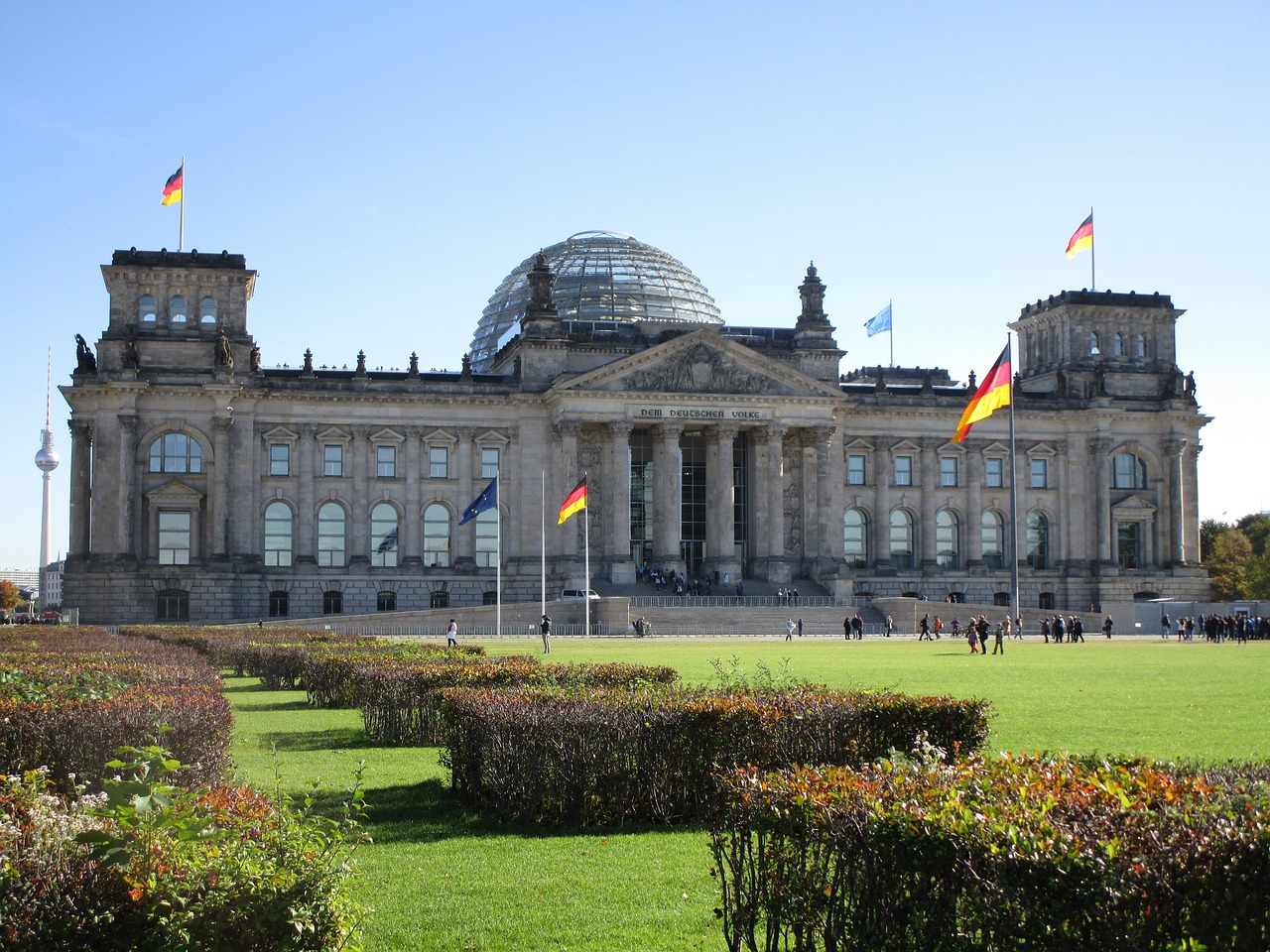
The Berlin Wall Memorial
The Berlin Wall Memorial is a significant historical site that commemorates the division of Berlin during the Cold War. It serves as a reminder of the city’s tumultuous past and the struggles faced by its residents during this period.
- Historical Artefacts: The memorial features preserved sections of the Berlin Wall, providing visitors with a tangible connection to the city’s divided past. It also includes watchtowers, a border strip, and an exhibition documenting the wall’s history.
- Symbol of Freedom: The Berlin Wall Memorial represents the fight for freedom and serves as a tribute to those who lost their lives attempting to cross the wall. It stands as a symbol of hope and unity for future generations.
- Educational Experience: Visitors to the memorial can learn about the history of the Berlin Wall through informative exhibitions and guided tours. It offers a unique opportunity to gain a deeper understanding of the city’s complex past.
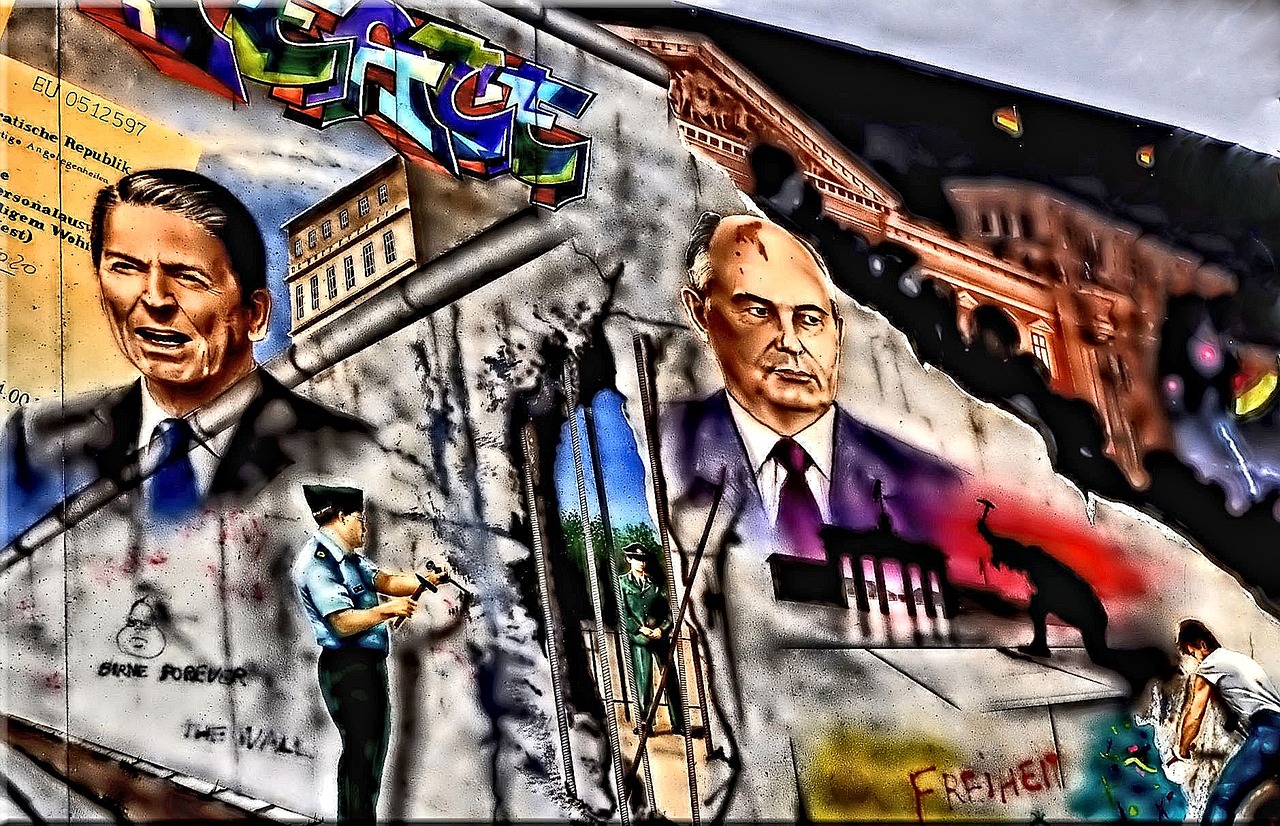
Museum Island
Museum Island is a UNESCO World Heritage site located on the Spree River in Berlin. It is home to a collection of world-renowned museums, each offering a unique perspective on art, history, and culture.
- Artistic Masterpieces: The museums on Museum Island house some of the world’s most significant art collections, including works by renowned artists such as Rembrandt, Monet, and Picasso.
- Architectural Marvels: The buildings themselves are architectural marvels, with each museum showcasing a different style, from neoclassical to modernist. The island’s ensemble of museums is a testament to Berlin’s rich cultural heritage.
- Cultural Exploration: Visitors can explore a wide range of topics, from ancient history at the Pergamon Museum to modern art at the Neue Nationalgalerie. The museums offer a comprehensive cultural experience for art enthusiasts and history buffs alike.
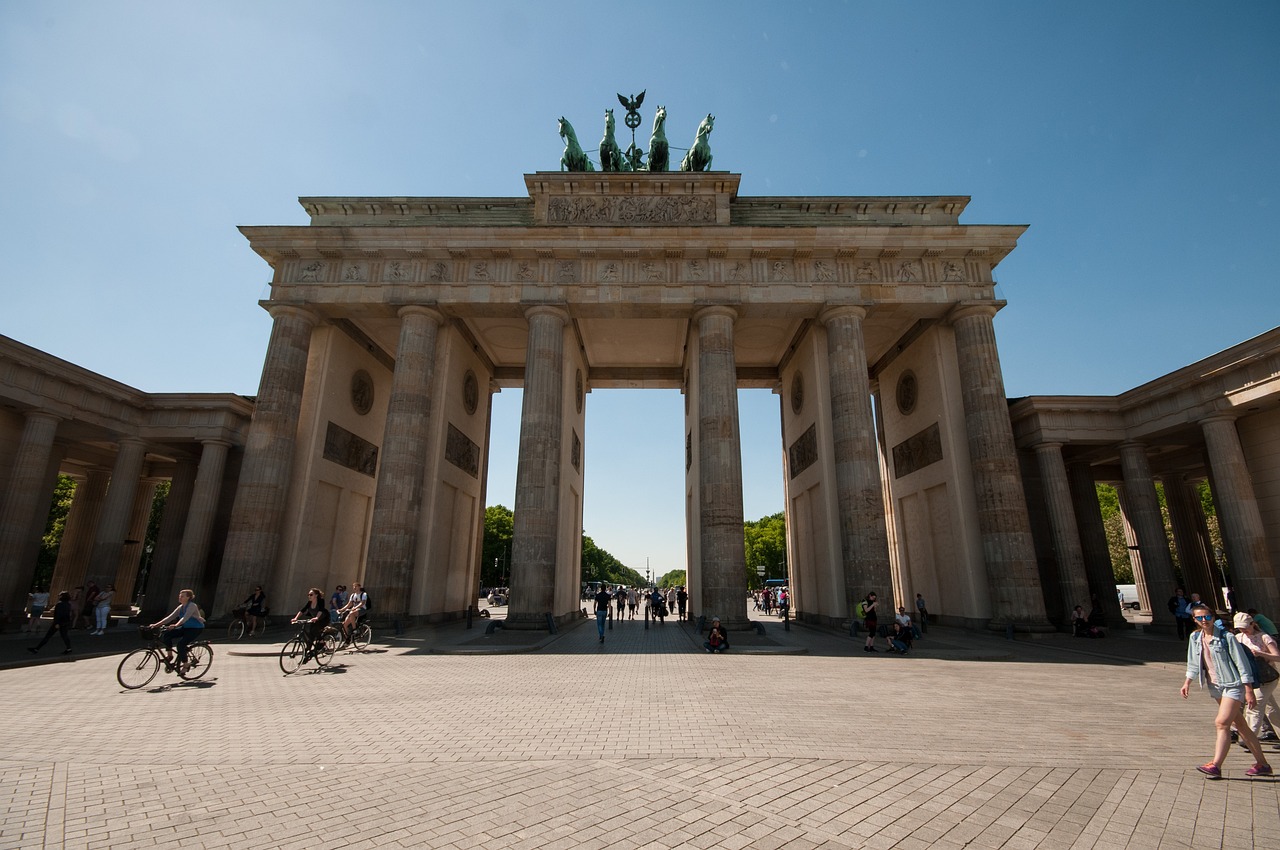
Checkpoint Charlie
Checkpoint Charlie was the most famous border crossing point between East and West Berlin during the Cold War. Today, it serves as a historical site and a reminder of the city’s divided past.
- Historical Significance: Checkpoint Charlie was the primary crossing point for diplomats, military personnel, and foreign tourists during the Cold War. It was a symbol of the tensions between East and West and the Iron Curtain that divided Berlin.
- Museum and Exhibition: The site now features a museum that documents the history of Checkpoint Charlie and the attempts made by East Berliners to escape to the West. Visitors can explore the exhibition and learn about the stories of those who risked everything for freedom.
- Iconic Landmark: Checkpoint Charlie has become an iconic symbol of the Cold War era and is one of the most visited historical sites in Berlin. It offers a glimpse into the city’s past and the struggles faced by its residents during this time.
Charlottenburg Palace
Charlottenburg Palace is the largest palace in Berlin and a stunning example of baroque architecture. It offers visitors a glimpse into the opulent lifestyle of the Prussian royal family.
- Architectural Grandeur: The palace features exquisite interiors, including the opulent State Apartments and the stunning White Hall. Its gardens are also a sight to behold, with beautifully manicured lawns and fountains.
- Historical Significance: Charlottenburg Palace was built in the 17th century and served as the summer residence for the Prussian royal family. It survived bombings during World War II and has been meticulously restored to its former glory.
- Cultural Events: The palace hosts various cultural events throughout the year, including classical music concerts and art exhibitions. Visitors can immerse themselves in the rich history and culture of Berlin.
The Topography of Terror
The Topography of Terror is an outdoor and indoor museum located on the site of the former headquarters of the Gestapo and SS during the Nazi regime. It provides a chilling insight into the atrocities committed during this dark period of history.
- Historical Documentation: The museum features extensive documentation and exhibits that detail the rise of the Nazi regime, the persecution of minorities, and the Holocaust. It offers a comprehensive understanding of the events that took place during World War II.
- Memorial Site: The Topography of Terror serves as a memorial to the victims of Nazi terror and a reminder of the importance of remembrance. It encourages visitors to reflect on the consequences of totalitarianism and the importance of safeguarding human rights.
- Educational Experience: The museum provides a thought-provoking educational experience, with informative displays and multimedia presentations. It aims to ensure that the lessons of history are not forgotten.
Gendarmenmarkt
Gendarmenmarkt is one of Berlin’s most beautiful squares and a hub of cultural activity. It is surrounded by stunning architectural masterpieces and hosts various events throughout the year.
- Architectural Splendor: Gendarmenmarkt is home to three impressive buildings: the Konzerthaus (Concert Hall), the French Cathedral, and the German Cathedral. The harmonious ensemble of these structures creates a picturesque setting.
- Cultural Events: The square plays host to numerous cultural events, including open-air concerts, Christmas markets, and art exhibitions. It is a vibrant and lively place that attracts both locals and tourists alike.
- Dining and Shopping: Gendarmenmarkt is surrounded by cafes, restaurants, and boutique shops, making it an ideal place to relax, dine, and indulge in some retail therapy.
East Side Gallery
The East Side Gallery is a 1.3-kilometer-long section of the Berlin Wall that has been transformed into an open-air gallery. It is the longest remaining stretch of the wall and features vibrant murals painted by artists from around the world.
- Artistic Expression: The East Side Gallery showcases the creativity and resilience of artists who used the wall as a canvas to express their hopes for a better future. The murals depict various themes, including freedom, unity, and peace.
- Historical Significance: The gallery serves as a reminder of the division that once existed in Berlin and the struggles faced by its residents. It stands as a symbol of hope and a testament to the power of art in fostering understanding and unity.
- Open-Air Museum: Visitors can stroll along the gallery, admiring the artwork and reflecting on the city’s past. It is a unique and immersive way to experience Berlin’s history and the impact of the Berlin Wall.
Kurfürstendamm
Kurfürstendamm, often referred to as Ku’damm, is one of Berlin’s most famous boulevards. It is known for its upscale shops, restaurants, and entertainment venues, making it a popular destination for locals and tourists alike.
- Shopping Paradise: Kurfürstendamm is lined with high-end boutiques, department stores, and luxury brands, offering a wide range of shopping options. It is a haven for fashion enthusiasts and those looking for unique souvenirs.
- Cultural Landmarks: The boulevard is also home to several cultural landmarks, including the Kaiser Wilhelm Memorial Church, which serves as a poignant reminder of the destruction caused by World War II.
- Gastronomic Delights: Kurfürstendamm boasts a diverse culinary scene, with numerous restaurants, cafes, and bars offering a variety of cuisines. Visitors can indulge in delicious meals and enjoy the vibrant atmosphere.
Conclusion
Berlin, Germany, is a city rich in history, culture, and landmarks that offer a glimpse into its past. From the iconic Brandenburg Gate to the remnants of the Berlin Wall, each historical treasure tells a story and provides a unique perspective on the city’s complex history. Museum Island showcases world-renowned art collections, while Checkpoint Charlie serves as a reminder of the city’s divided past. Charlottenburg Palace offers a glimpse into the opulent lifestyle of the Prussian royal family, and the Topography of Terror documents the atrocities committed during the Nazi regime. Gendarmenmarkt provides a picturesque setting for cultural events, while the East Side Gallery showcases the power of art in fostering unity. Kurfürstendamm offers a blend of shopping, dining, and entertainment options. Exploring these historical treasures allows visitors to relive the past and gain a deeper understanding of Berlin’s vibrant and resilient spirit.
References
- brandenburg-gate.de
- berlin.de
- museumsinsel-berlin.de
- berlin.de/en/attractions-and-sights
- berlin.de/en/museums-and-galleries
- topographie.de
- visitberlin.de
- eastsidegallery-berlin.de
- kurfuerstendamm.de


